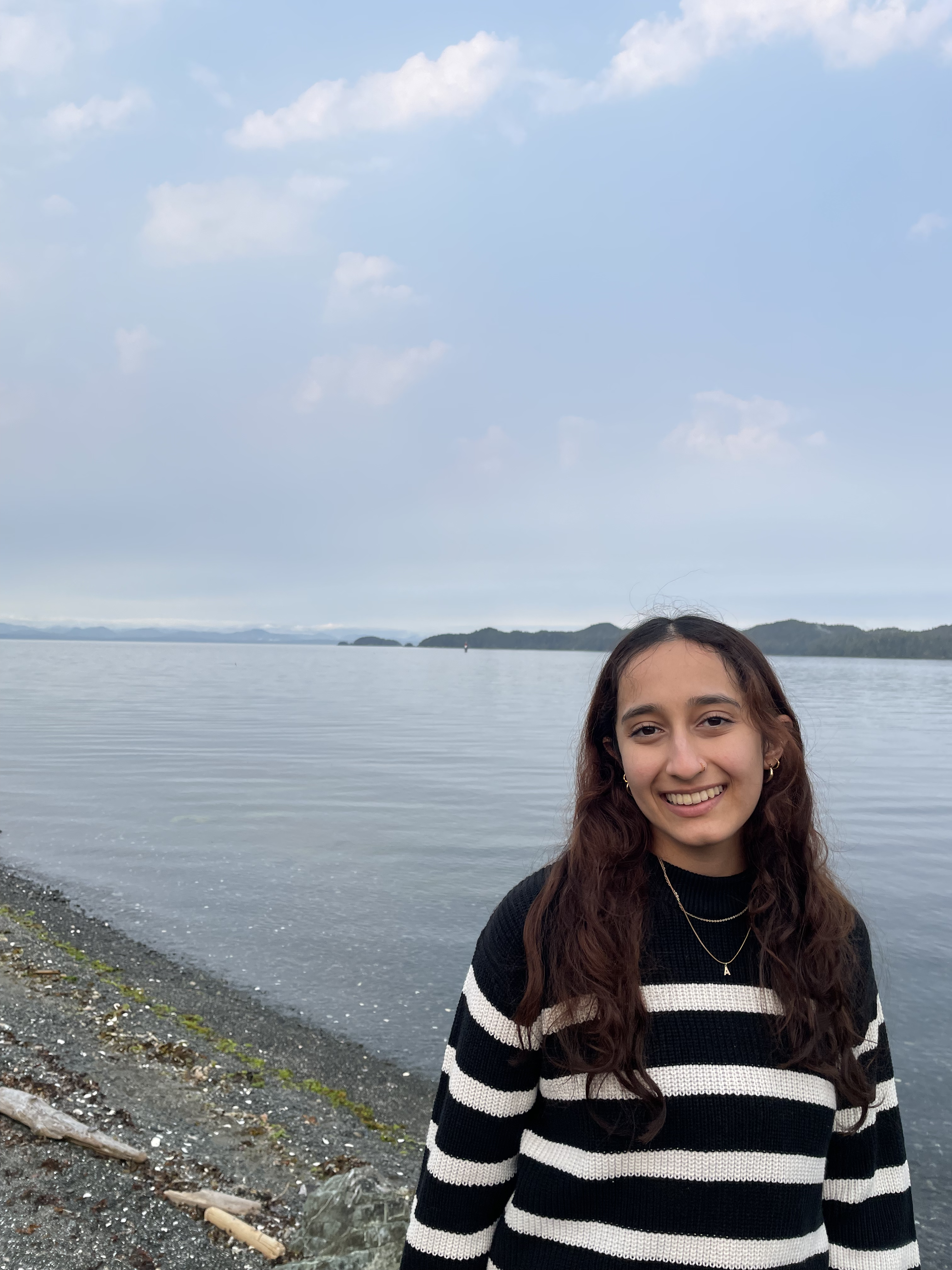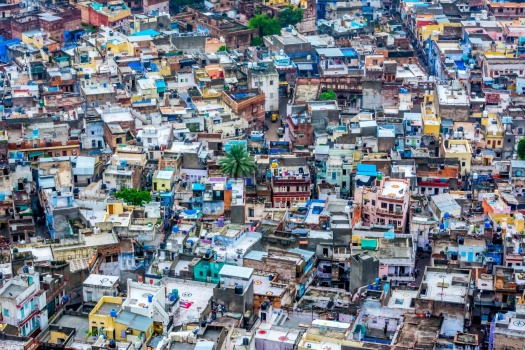India is currently the world’s most populated country, and as per the World Banks’s median poverty line of $3.10 dollars a day, 60% of India (nearly 1.3 billion people) live below it. But why is poverty so prevalent? What are the social and historical factors that have perpetuated this? One aspect that can be examined further is the caste system, which has organised Indian society into different social groups.
The caste system is deeply controversial and engrained in the social structures of Indian society. It is a hierarchical organization that groups society into 4 groups, called ‘castes’. These castes serve as a system of social stratification that guides the division of labor, sense of identity, and societal roles. In 1950 the Indian government condemned and criminalised discrimination based on caste. However, this tradition spanning thousands of years has had significant impacts on the attitudes, perceptions, and actions of individuals which will take time and effective policies to reverse.
The caste system can be broken into four main groups, each of which is associated with a body part of the Hindu god of creation, Brahma. First, the Brahmins (priests), associated with Brahma’s head, are society’s teachers and intellectuals. Second, are the Kshatriyas, the warriors and kings, associated with Brahma’s arms. Third was the Vaishyas, associated with Brahmas thighs, who were merchants and businessmen. Fourth, there were the Shudras, who came from Brahma’s feet. These four main castes can be further broken down into “3,000 castes and 25,000 sub-castes,” which further specify rules and occupations for its members. Outside the caste system entirely is a group called the Dalits, who are also referred to as the Achoots (untouchables). The untouchables, as their name suggests, are shunned from society, and seen as diseased. Historically, they were forced to carry out tasks that no one else wanted, such as cleaning sewage with their hands.
Members of other faiths were also excluded from the caste system, however, they were not necessarily Dalit. Many Muslims in India “converted to Islam to escape Hindu upper-caste oppression”. That being said, other religious groups were still affected by the caste system due to its social prominence in India. Muslims, Christians, and Sikhs also faced discrimination based on caste even after they converted, as the system transcended its religious origins and was interwoven into the cultural practices of Indian society.
The caste system presents some obvious problems regarding equality and discrimination. Being born into a lower-caste family limited opportunities for socioeconomic advancement, and dictated not only one’s lifestyle but their status as a “good” or “bad” person. This was in part because of purity culture which suggested that there was something inherently immoral and dirty with lower caste and Dalit individuals. Restrictions such as the prohibition of intercaste marriages helped in perpetuating caste separation. If individuals do not adhere to these social norms, the repercussions could be severe. Similarly, intermingling coils “evoke penalties” in communities.
There were severe economic repercussions of the caste system. Economic mobility had been very limited due to rigid systemic structures. That limitation hindered economic growth and efficiency as people were restricted to occupations deemed acceptable for their social status, rather than their skills. There were also significant economic disparities that were undeniably interconnected with the caste system. For example in urban communities, “upper caste households reported incomes that were 65% more than Dalit households in 1999-2000”, which only slightly reduced to 60% in 2011-2012.
Another serious implication of caste-based discrimination is violence. The untouchables were seen as less than human, and this was a belief perpetuated in society and ingrained in everyone’s minds, whereby local governments, police, and others in positions of power would look the other way when they were being abused. A National Geographic article provided some statistics on crimes against the Lower caste, in the year 2000, “ 25,455 crimes were committed against Dalits”. For example, rape, assault, murder, and vandalism against Dalits occurred multiple times daily. It is believed that the figures may be significantly higher as many crimes go unreported due to issues of corrupt police.
The religious connection between Hinduism and the caste system further complicates this issue as an idea of duty can be associated with upholding your role and conforming to the caste you are assigned to. Social activism and international pressure led to the inclusion of anti-discrimination laws being included in the Indian Constitution. Following the banning, certain social policies have been implemented to try and effectively combat the influence of the caste system. Social awareness, vocational training, housing development programs, and, in some states, land reform policies have been used to combat the poverty and marginalization of those communities. Affirmative action policies are likely the most well-known policy implemented by the Indian government to fight the systemic oppression of Dalits, and lower caste individuals. Affirmative action policies require school and government jobs to have reserved seats, or quotas, which are saved for lower caste and Dalit members of society.
Affirmative action policies, such as the quota system, are beneficial policies that address historical injustices and inequalities by promoting economic and social inclusion. Affirmative action is a crucial step in addressing deep-seated social inequalities and championing social justice, ensuring that talent is recognized and cultivated across all parts of society, regardless of one’s background. That being said, if the policy is effective in uplifting marginalized communities and simultaneous social awareness policies are used to reduce stigma these policies need not be permanent. If however these policies only pop up around election periods as a means to secure votes from disadvantaged communities and are subsequently dampened, they will not be very effective.
Though this policy provides opportunities to the poorer members of society it has also sparked regular protests and opposition, as people see it as unfair as it provides seats to potentially less qualified applicants, according to the opposition it is “antithetical to a merit-based system”. Some others protest as they want more quotas to be placed to help their vulnerable communities. In 2006 an increase in affirmative action quotas for lower castes was heavily debated, specifically by doctors. They argued that increasing seat reservations in the medical field would compromise the quality of health care in India. Instead, they suggested that providing resources such as textbooks, and better education for poorer communities would be more fair. Reserved seats are exclusively for the groups they are intended for, and as such, they compete only among themselves for positions at top institutions. There is a fine balance between an inclusive policy and one which is unfair to society as a whole.
With the rise of globalization and widespread education, the focus on caste has decreased, especially in urban cities where many live in close proximity. Inter-caste marriage which was previously very taboo is becoming more common. India has made some progress and has seen two former presidents who were Dalit. That being said, the socio-economically marginalized groups still have to overcome thousands of years of structural oppression. Attitudes in smaller cities and rural villages have not progressed in the same way as in big cities, and caste-based discrimination persists.
Edited by Amina Kudrati-Plummer

Anvita Dattatreya is in her third year at McGill University, currently pursuing a B.A. Double Majoring in Economics and International Development Studies. As a staff writer in Catalyst she hopes to write articles on topics including socio-economic and political issues in South-East Asia.

